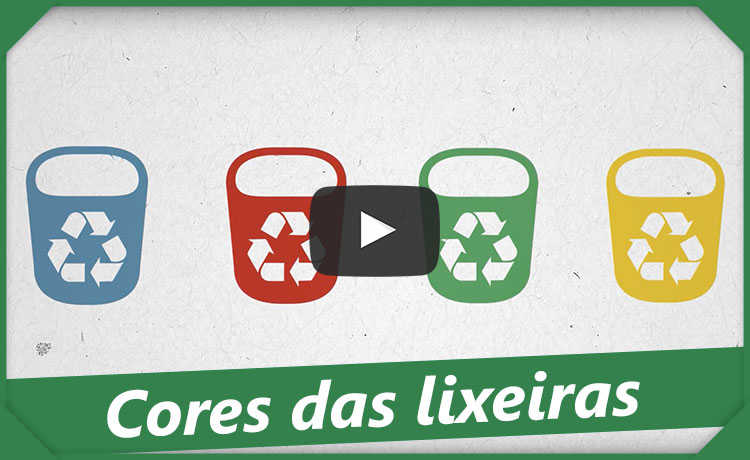Phthalates: what they are, what are their risks and how to prevent
Phthalates can be ingested through running water and be present in children's toys

Edited and resized image of Amplitude Magazin, is available on Unsplash
Have you ever thought about how the malleable plastics we use every day acquire this characteristic? Or how that nail polish can last more than a week on your nails, resisting water and other chemicals?
Find out what are phthalates, chemical substance of such products. In addition to phthalate, it is possible to find several chemicals that are harmful to health in cosmetics, medicines, cleaning products and other objects.
What are phthalates?
Phthalates are a set of substances capable of turning rigid plastics into malleable plastics. In cosmetics, they are responsible for the shine and color fixation of nail polishes and allow perfumes to last longer; and, in other products, both for adults, children and babies, such as moisturizers, hair spray, liquid soaps, antiperspirants, deodorants, conditioners and shampoos, phthalates give that liquid or creamy appearance.
- Enamel: composition, hazards and sustainable alternatives
On product packaging, there is rarely the literal description "phthalate". The most common names listed are phthalates, dibutylphthalate (DBP), dimethylphthalate (DMP), diethylphthalate (DEP). The names may even appear in Portuguese as well: butyl, benzyl, dibutyl, dicyclohexyl, diethyl, diisodecyl, di-2-ethylhexyl and dioctyl.
In addition to cosmetics, phthalates can be present in food packaging, plastic cups, PVC tubes, medical devices (blood bags and bags for applying medications such as serum) and children's toys.
- PVC: environmental uses and impacts
How do we get in touch with phthalates?
Phthalates cannot chemically bond to plastics. In cosmetics, they are also released as they are used. This means that they migrate from plastics and other products, such as cosmetics, coming into contact with humans and the environment. The human being can be exposed to phthalates orally, air (breathing air with phthalate) and dermal.
- Know the types of bisphenol and their risks
We may ingest phthalates because of the presence of these substances in food packaging and plastic cups. As phthalates come out of the plastic, they come into contact with the food that will be ingested by us. Special attention must be given to fatty foods that come packaged in plastic containers. According to the National Health Surveillance Agency (ANVISA), phthalates are molecules similar to fat, and can easily bind to them in food. One study points to the release of phthalates in foods that were wrapped in PVC film, that transparent film that you normally pack your snack. The presence of phthalates was identified in foods that contain fat.
For children, the risk of ingesting phthalates is associated with the presence of substances in children's toys. We can also ingest phthalates through water. PVC pipes in plumbing are sources of exposure to phthalates.
As there are several types of plastics, some can have a high degree of toxicity for humans and others not. Plastic packages are always associated with a number, the plastics that can contain and release phthalates are numbers 1, 3 and 6. The safest to use because they have less toxic characteristics are numbers 2, 4 and 5.
- Where do they come from and what are plastics?
In the air, phthalates can be present due to dispersion of products such as perfumes. Absorbing phthalates through the skin is possible due to the use of cosmetics, such as moisturizers, deodorants and others mentioned above.
Negative effects on the environment and human health
Phthalates are associated with the occurrence of reproductive problems in wild animals and tested in laboratories. The presence of phthalates in the body of these animals caused reduced fertility, abortion, birth defects, liver and kidney cancer. In humans, the effects were: emergence of breast cancer, hormonal dysregulation and decreased male fertility (reduced sperm count).
national and international position
Phthalates are classified by the International Agency for Research on Cancer (IARC) as possibly carcinogenic to humans (group 2B).
In Europe, the use of phthalates is prohibited in cosmetics, in addition to being considered toxic to the reproductive system. In Brazil, since 2009, the concentrations of phthalates and their derivatives (no more than 1% by weight of phthalate) in disposable plastic cups and bottles have been limited, following Anvisa's resolution.
Two bills are still in progress that deal with the prohibition of the use of phthalates in medical devices (Bill 3221/12) and in children's products (Bill 3222/12).
The National Institute of Metrology, Standardization and Industrial Quality (INMETRO) has an ordinance that admits no more than 0.1% by mass of phthalates in children's toys.
Alternatives
Try to buy phthalate-free products. Remember that the names that appear on the packages are different (check at the beginning of the article). The description on phthalate-free products usually appears as follows: PVC-free, DEHP-free, or free HDPE (acronym in English).
Some substances can be used to replace phthalates, such as adipates, sebacates, citrates, tremeliates, polyesters and phosphates. However, further studies are needed on the toxicological behavior of each of these substitutes to ensure human and environmental health.
To learn more about other harmful chemicals, take a look at the article: "Substances to avoid in cosmetics and toiletries".









